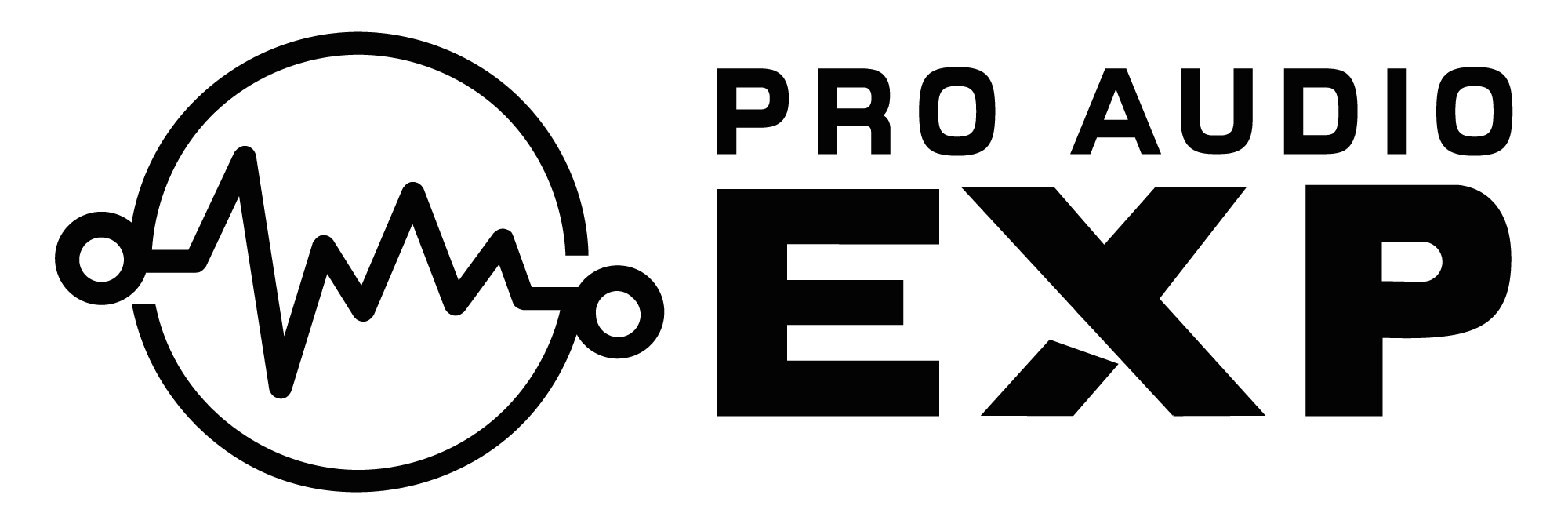When working on mixes to use for ultimate live sound, it’s more complex than it looks. Most novices new to sampling would blatantly copy bits and pieces from other works, thinking no one would notice.

For every new and unique tune, there’s more that perverts it – chords that don’t match, abysmal sound quality, sounds that are so common it has become a cliche…
These eight golden rules on Sampling must be committed to memory, so that the music industry can continue to create great works using creativity and not substandard copy-and-paste tactics.
1. Never use samples that have been previously rinsed.
There’s a lot you can do to make rinsed sampling pop out more. Examples range from chopping them up and playing them back with different arrangements and rhythms to processing them in any way you want. So while it’s good to let give listeners something familiar, it’s good to surprise them with something new.
2. Do not over-process the samples.
If you think you’ve done a bit too much on the effects or compression, try bypassing all you’ve applied to make sure that your processing is enhancing the sample, rather than detracting. When in doubt, dial things back a bit.
3. Don’t overuse/use overused samples.
Some sampling sources are just so easily recognizable that it becomes “generic”. Dig deep throughout the web to find sources that will create more interesting music.
4. Don’t rip large bits from songs.
You’ll make your “original” song sound more like a blatant bootleg this way, along with the added risk of a copyright infringement. You can avoid this with clever editing, compression and processing.
5. Don’t settle for suboptimal versions of samples.
Take the time to source a few versions of sounds. With a bit of mastering you can make sounds from vinyl recordings and even CD’s stand out more.
6. Never sample from tracks in the same genre.
This happens a lot in hip-hop, and yet this works to their advantage. However, overusing a certain genre can drain creativity and can potentially result in plagiarism.
7. Don’t use clashing samples.
You don’t have to have a degree in music theory if your ears can identify when two samples simply don’t go together, so why not give the “Mixed In Key” a go? Your computer can do a better job on this.
8. Don’t use inappropriate time stretching algorithms.
One of the worst offenders for this one is Ableton Live, which warps samples with its Beats mode set on default. And most rhythmic samples can benefit from this, its overall quality completely drops when used on sustained, pitched sounds.


0 Comments
There are not comments yet. Be the first one to post one!